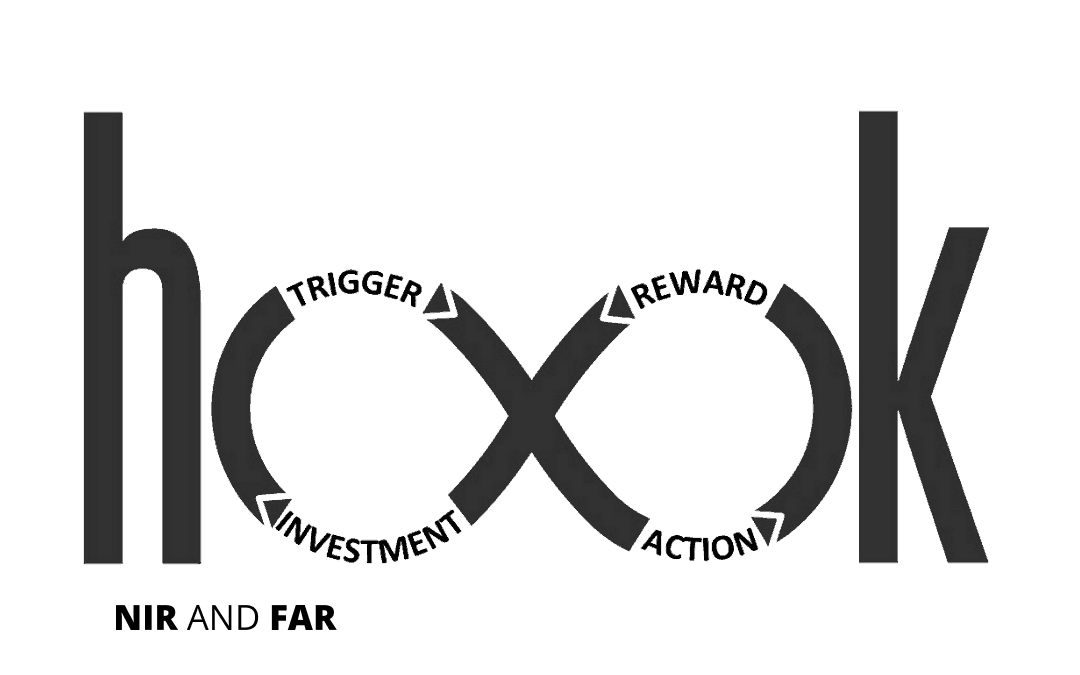CS474: Human Computer Interaction - Triggers
Activity Goals
The goals of this activity are:
- To define technological triggers to human behavior in the context of Human Computer Interaction
Supplemental Reading
Feel free to visit these resources for supplemental background reading material.
The Activity
Directions
Consider the activity models and answer the questions provided. First reflect on these questions on your own briefly, before discussing and comparing your thoughts with your group. Appoint one member of your group to discuss your findings with the class, and the rest of the group should help that member prepare their response. Answer each question individually from the activity, and compare with your group to prepare for our whole-class discussion. After class, think about the questions in the reflective prompt and respond to those individually in your notebook. Report out on areas of disagreement or items for which you and your group identified alternative approaches. Write down and report out questions you encountered along the way for group discussion.
Model 1: Psychology of HCI - Triggers
Questions
- Why do so many people use Google for searching, when more privacy-friendly solutions may exist?
- Have you ever failed a CAPTCHA before? What are its limitations for persons with disabilities? Have you chosen to use one service versus another because of its use of CAPTCHA?
- Notice that ReCAPTCHA uses two words instead of one. Given what you may know about training algorithms for learning, how might ReCAPTCHA work?
Model 2: Psychological Triggers
Questions
- Why might video game companies feature ads of gameplay in which the player fails in a way that the viewer can easily identify? What is the call to action or hook in this scenario?
- When do "freemium" applications tend to ask for microtransactions? If the user declines, what might happen instead (hint - the user can typically continue playing for free anyway)? Why is this a strategic choice?
- Imagine creating a new social network, and imagine that it is in some way better than your favorite existing social network. Why might it fail in the market anyway, despite being an improvement?
- Imagine you observe a shopping application with a web-based shopping cart. A user has had an item in their cart for over a day without checking out. What are some external triggers that this application might employ to produce a call to action? What other data might they utilize in the call to personalize the message?
- What are some ways that your favorite social media program keeps you engaged for longer periods of time?
Submission
I encourage you to submit your answers to the questions (and ask your own questions!) using the Class Activity Questions discussion board. You may also respond to questions or comments made by others, or ask follow-up questions there. Answer any reflective prompt questions in the Reflective Journal section of your OneNote Classroom personal section. You can find the link to the class notebook on the syllabus.



